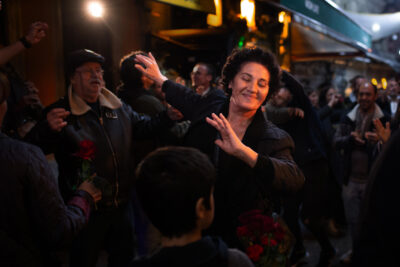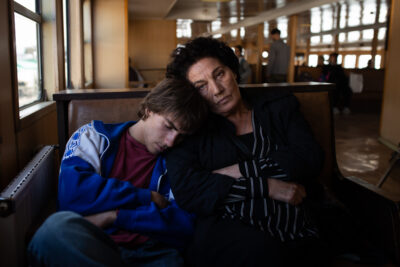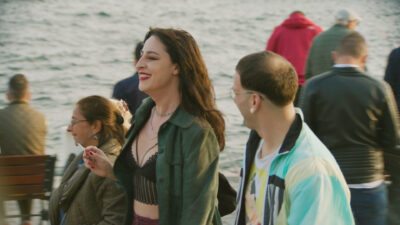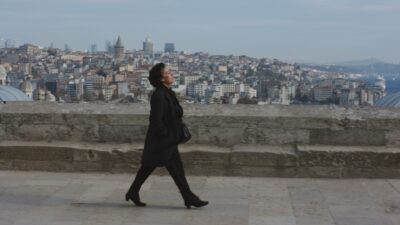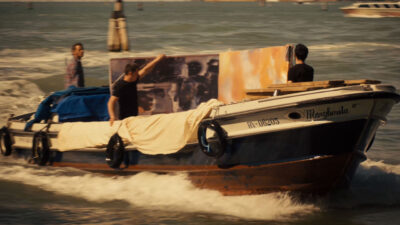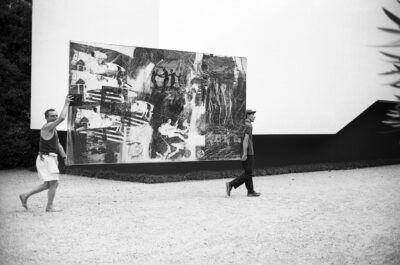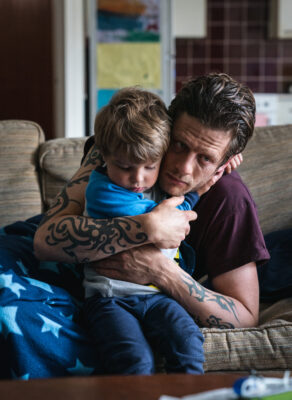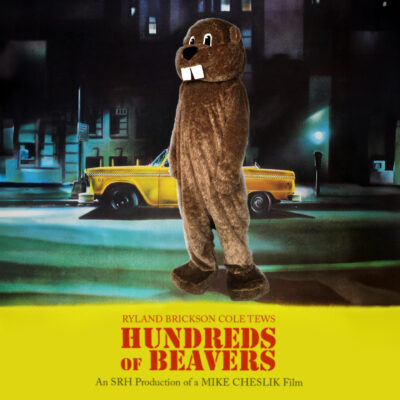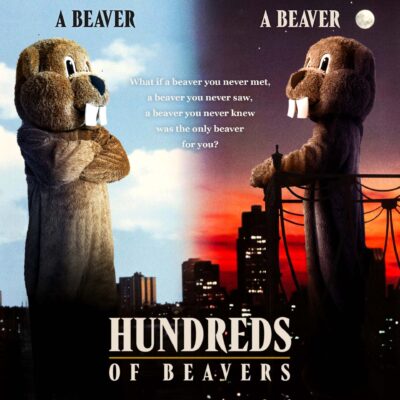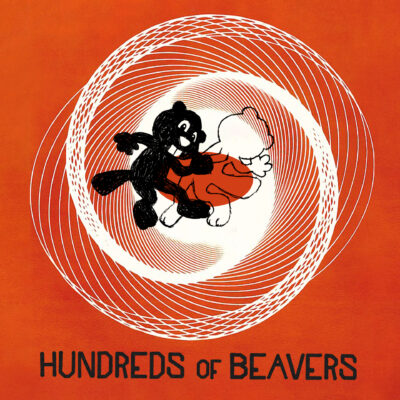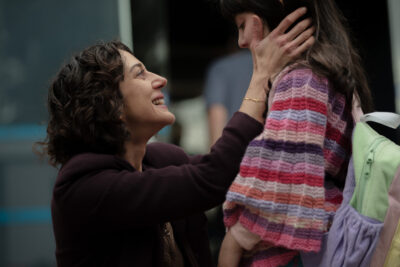Merchant Ivory is the first definitive feature documentary to lend new and compelling perspectives on the partnership, both professional and personal, of director James Ivory, producer Ismail Merchant and their primary associates, writer Ruth Prawer Jhabvala and composer Richard Robbins. Some of their many career highlights include A Room with a View, Howards End, and The Remains of the Day. Footage from more than fifty interviews, clips, and archival material gives voice to the family of actors and technicians who helped define Merchant Ivory’s Academy Award-winning work of consummate quality and intelligence. With six Oscar winners among the notable artists participating, these close and often long-term collaborators intimately detail the transformational cinematic creativity and personal and professional drama of the wandering company that left an indelible impact on film culture.
Merchant Ivory director Stephen Soucy will participate in Q&As following the 7 PM screenings at the Royal on August 30 and 31. Film critic David Ansen will moderate the Q&A on the 30th.
Mr. Soucy on his film:
“There’s no other story like Merchant Ivory in the history of cinema and what a gift to be given an inside view of the Merchant Ivory
World from James Ivory and the more than 50 collaborators I interviewed in New York, London, Paris, and Los Angeles, in making this documentary film.
“James Ivory is one of our greatest living directors and, at 95 years old, this Oscar-winner for the much-lauded Call Me by Your Name shows no sign of slowing down. He’s still working, having recently adapted a Ruth Jhabvala short story The Judge’s Will for director Alexander Payne and the French novel The End of Eddy slated to be a multi-episode miniseries.
“Once James Ivory, Ismail Merchant, and Ruth Jhabvala met, they were connected forever. Their work and personal lives entwined for over forty-five years, and they became the most famous collaborative troika in film history.
“Merchant Ivory released 43 films. Many were fraught productions, often budget-related, and their last film, The City of Your Final Destination, brought the company to bankruptcy. A look at the comprehensive list of films that Merchant Ivory made, and the roster of talent they worked with, reveals that theirs was a spectacular achievement.
“The Merchant Ivory story, with James Ivory and Ismail Merchant at its center, is about art, money, partnership, loyalty, dysfunction, love, jealousy, and, eventually for Jim, the necessity to move forward and embark on a new chapter after Ismail’s passing.”
“Anyone with a fondness for these movies and for tales of what might be described as a gentlemen guerrilla filmmaking operation will find immense pleasure here.” ~ David Rooney, Hollywood Reporter

